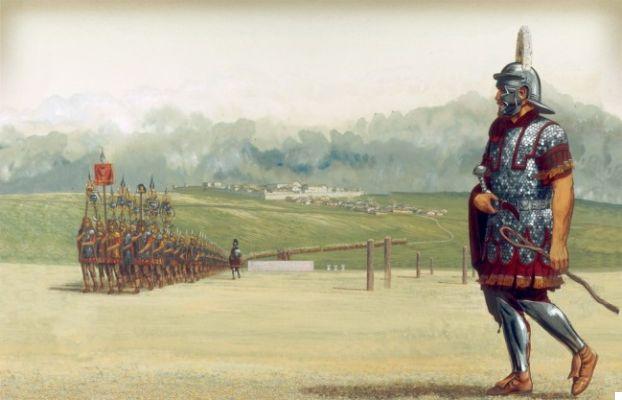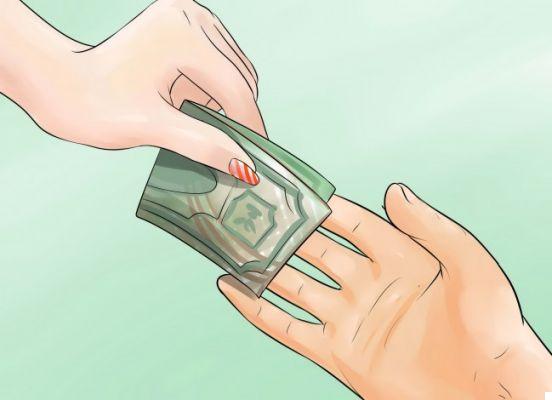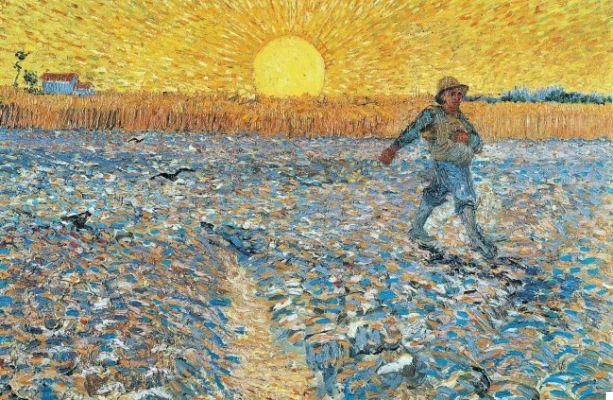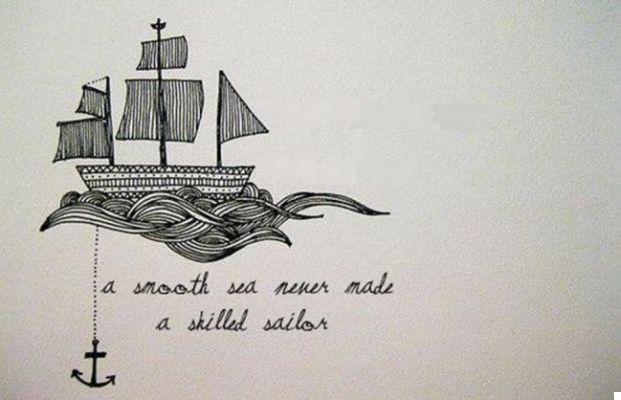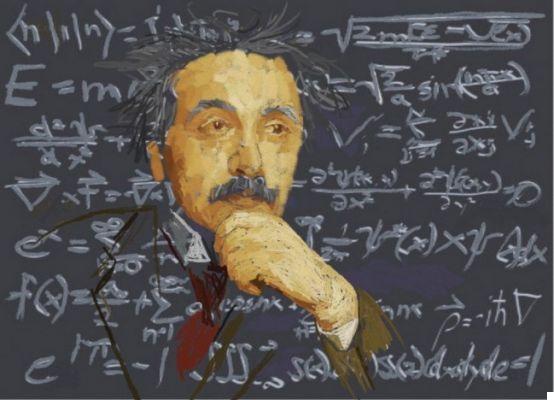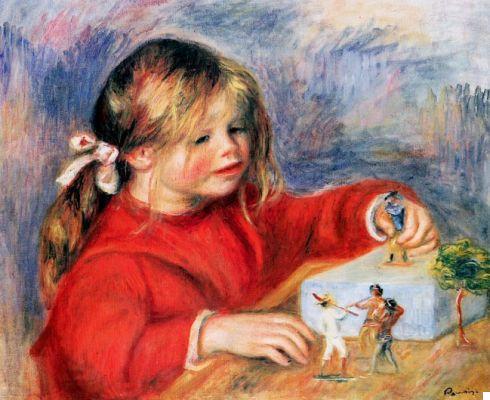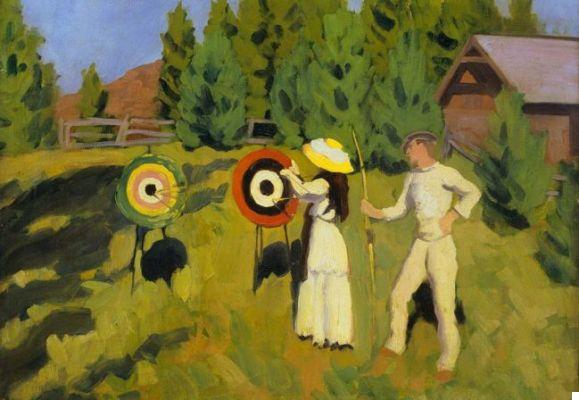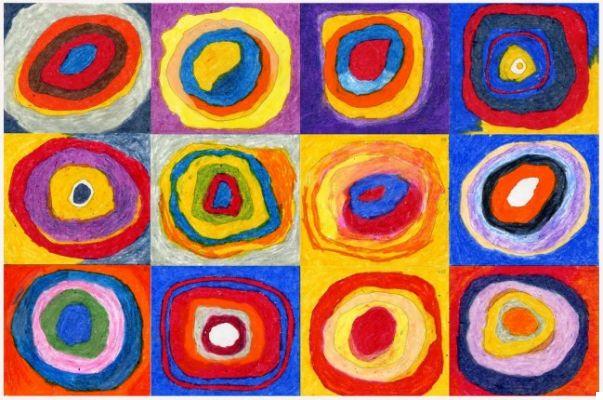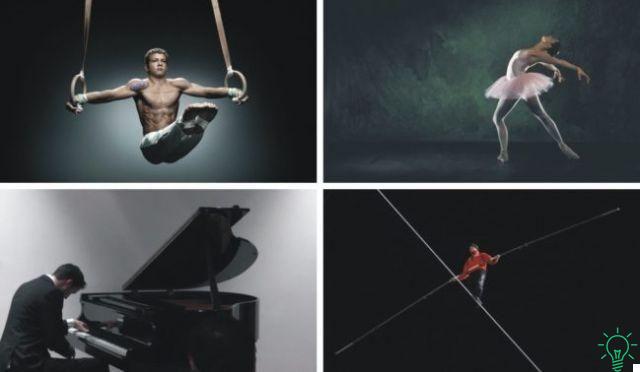
practice and practice developing one or more skills is necessary choose an effective and targeted strategy. The problem is that often there are many potential strategies for practicing. So how to choose the best one? How to identify and select the one that best suits your needs?
What we have to learn to do, we learn by doing it.
Aristotle
I have already told you - more generally - about how you can develop talent, but in this article I intend to focus on a particular practice method: model R.I.V.A.. Each letter of this acronym indicates a fundamental aspect of the practice:
- Ripetition and effort
- Impegno
- Valore
- Aaccurate and quick feedback
How to practice: here are the 4 aspects of the RIVA method
# 1. Repetition and effort
Does your chosen practice lead you to work at the peak of your ability, to repeat, to strain, and to make sacrifices? Here is an example scenario: Teacher A chooses only one student to write the times tables on the board. Master B creates a "game" in which each multiplication is asked verbally to the whole class, then only one student is called to answer. The best result is obtained by master B as he creates as many efforts as there are students: everyone has to try hard and solve a little problem. In teacher A's class, on the other hand, only one student strives, while all the others can sit back and just observe.
#2. I commit
Is the practice engaging? Does it require extreme attention? Do you use emotions as a drive towards achieving goals? Example: Two piano students try to learn a short but difficult passage of a piece. Pianist A plays the piece 20 times. Pianist B tries to play the piece perfectly - without errors - five consecutive times, starting from scratch every time he makes a mistake. The best result is obtained by pianist B as the method is more engaging. Playing a song twenty times in a row is boring and becomes a routine based solely on the goal of reaching twenty repetitions. Committing to playing the passage perfectly 5 consecutive times, on the other hand, is much more stimulating.
# 3. Value
Does the task you are practicing relate directly to the skill you intend to develop? Example: Two basketball teams often miss free throws. Team A tries free throws at the end of training with each player only making 30 consecutive free throws. Team B intermittently practices free throws practice during a training match, with players fouled under pressure and tired, just as they do in official matches. Team B achieves the best result because players train to build a real skill - making free throws while exhausted and under pressure. No player in a basketball game must take 30 consecutive free throws!
# 4. Accurate and fast feedback
Practicing effectively also implies receiving a flow of accurate and detailed information: what do you do well? Where is it wrong? Scenario: Two students practice to improve their test scores for admission to a limited number faculty. Student A undergoes a trial version of the test and receives the result after one week. Student B undergoes a trial version for each section of the test, evaluating himself and reviewing each part in detail as soon as it is completed. The best result is obtained by student B, which can count on an accurate, direct and immediate feedback system. Knowing immediately if you have made a mistake or if you have answered correctly tends to remain impressed, while discovering it days later is not much use.
Conclusions
The basic idea of the metodo R.I.V.A. is simple: Whenever you find yourself having to choose between several strategies to practice choose the one that maximizes all four aspects described above. This way you will improve the quality of your practice and practice profitably, channeling your efforts towards an effective and rapid learning strategy.





